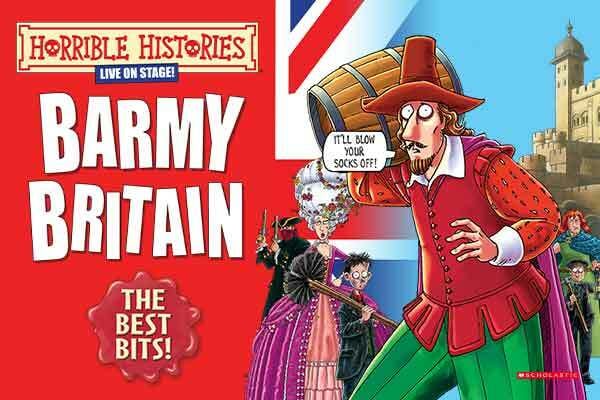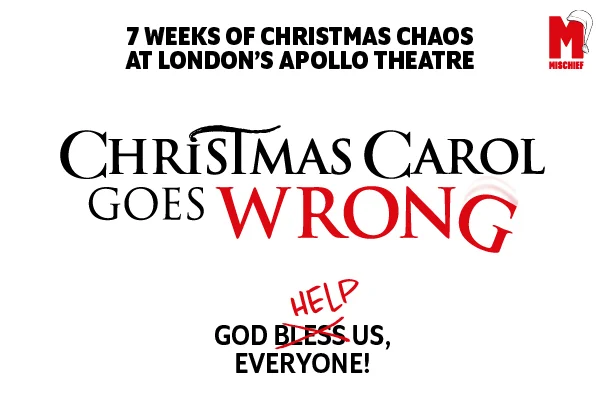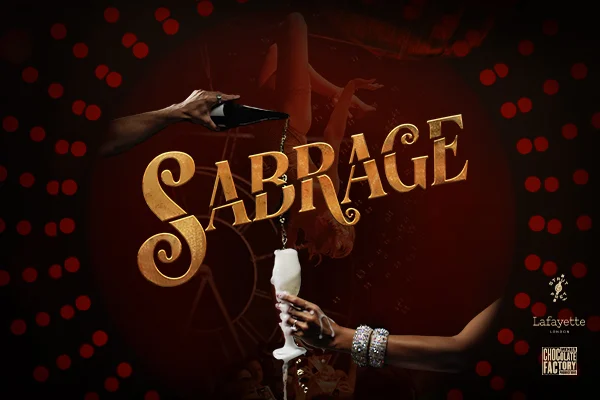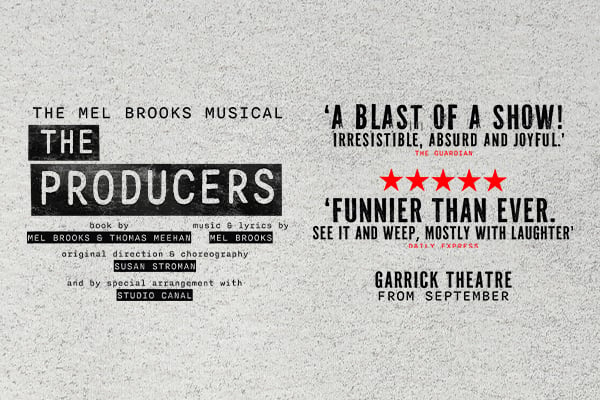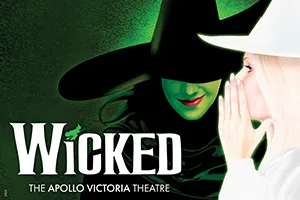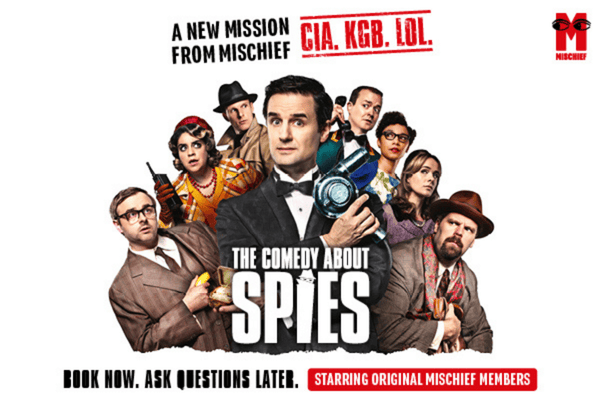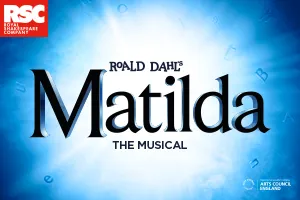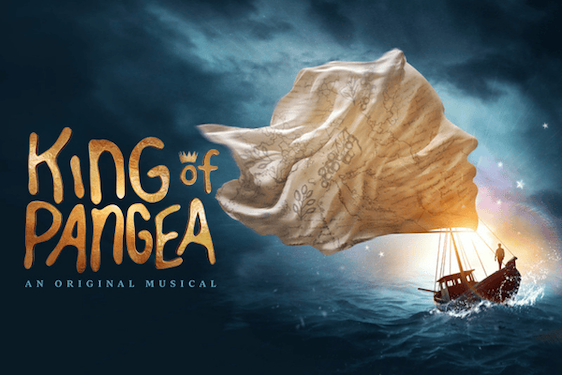Acclaimed choreographers and performers Ramesh Meyyappan and Claire Cunningham bring two startling – and highly personal – shows to this year’s Edinburgh Festival Fringe.
Can a disabled body ever provoke empathy or will it always provoke sympathy, or even apathy?
Ramesh Meyyappan: Butterfly was inspired by the short story Madame Butterfly by John Luther Long: about cultural differences and the different expectations between men and women, a woman’s betrayal and disappointment. However, the most powerful image was her child being taken from her – evoking much emotion based on her loss. It was this that really inspired a desire to create Butterfly.
Claire Cunningham: Give Me A Reason To Live is a piece I made initially in response to the work of the mediaeval painter Hieronymus Bosch and the themes I saw within his work. In particular, because the works are Christian and devotional, I was interested in notions of redemption/condemnation and judgement and portrayal of people as good or evil, and how these are physically embodied in the paintings.
It is a solo dance work – the first piece I have made without text, with a really beautiful sound score by Zoë Irvine. It is a very physical piece which takes the form, almost, of a series of physical tests coming from my questioning of what is empathy? What is it to try to provoke empathy, and can a disabled body ever provoke empathy or will it always provoke sympathy, or even apathy?
Ramesh Meyyappan: In life most of us will suffer some form of loss – this seemed like a ‘theme’ worth exploring, one that was universal and would almost definitely evoke some empathy. There became a sense of wanting to explore how grief and loss manifest themselves both physically and emotionally. The loss of a child cannot be fully explained in words – the emotion is intense and overwhelming, it can and does impact on daily life and make life itself difficult. This is a huge part of Butterfly.
The character of Butterfly is first seen as being entirely independent – an independence that gives her freedom to make her own choices and do her own thing. It is only when others come into her life – attracted by her beauty – that we see she is fragile; their demands and their treatment of her are what eventually break her, first showing her weaknesses and vulnerability.
What does the Edinburgh Fringe mean to you as a performer?
Ramesh Meyyappan: It’s an opportunity to share to a potentially very wide and diverse audience – who won’t always necessarily be kind or generous. This ensures that performers give their absolute all; no complacency! Indeed, much of the challenge is getting ‘punters’ through the door – not even one person is guaranteed to purchase a ticket.
Claire Cunningham: It’s always a very exciting, if overwhelming place and time to be. It is a great time to reconnect with people and other performers you haven't seen and also can be really nourishing in terms of being able to see a lot of fascinating work that sadly doesn’t come to Scotland at any other time of the year. In terms of my own performance, the Fringe is a great opportunity also because you get to play your work repeatedly over a longer period of time than normal – and this really gives me a chance to get into the piece, and feel how it is with such totally diverse audiences every day.
Have aspects of the Fringe – the one-hour slots, the necessity of performing in multi-show venues, etc – influenced these works?
Claire Cunningham: The work was not made specifically with the Fringe in mind; however, I did try to consciously make a piece that, having no set, is easier to tour.
Ramesh Meyyappan: In our case we are having to look at editing the show a little, keeping the performance tight and cutting beautiful but perhaps unnecessary detail. We’re also having to redesign some elements to make it manageable and easy for the venue to turn around. So yes; the slot does put constraints on us, but we wouldn’t have the Fringe any other way!
Both your shows are part of the British Council’s Edinburgh Showcase and the Scottish Government’s Made in Scotland programme; how important is that kind of support?
Claire Cunningham: It’s been a huge part of my being able to continue to tour work due to the connections and interest in my work that these platforms have given me. It does give me a degree of exposure in itself that is vital, particularly in an arena like the Fringe where you have to work exhaustively to have your work noticed. The fact that the Showcase and Made In Scotland bring the attentions of international promoters to me and my work is also important, as I am always interested in the potential exchange with other countries, of meeting the artists there and of engaging with their local disability arts scenes.
Ramesh Meyyappan: Being part of both does help give you faith in what you do, provides some confidence going into the Fringe. There is also a sense of achievement – recognition always brings that. Having Butterfly selected to be part of both these programmes is great for us as a team and it does feel like it will help boost audiences, but we are not complacent. If people think the show is worth supporting then you have to ensure you at least meet those expectations.
Financial support is always welcomed and much appreciated especially for the Fringe. Coming from Singapore and being in Scotland for almost 10 years now, I’m always humbled by the generosity shown to me here including having faith in what I do.
Are you looking forward to the Fringe?
Claire Cunningham: Yes! It’s always a bit nerve-wracking but I’m also just very keen for people to see this work and to see how audiences respond to it.
Ramesh Meyyappan: Aye! There is always some anxiety about the Fringe, including how to pace yourself to get through it, but I don’t think there is any other experience like the Fringe. It’s all good!






